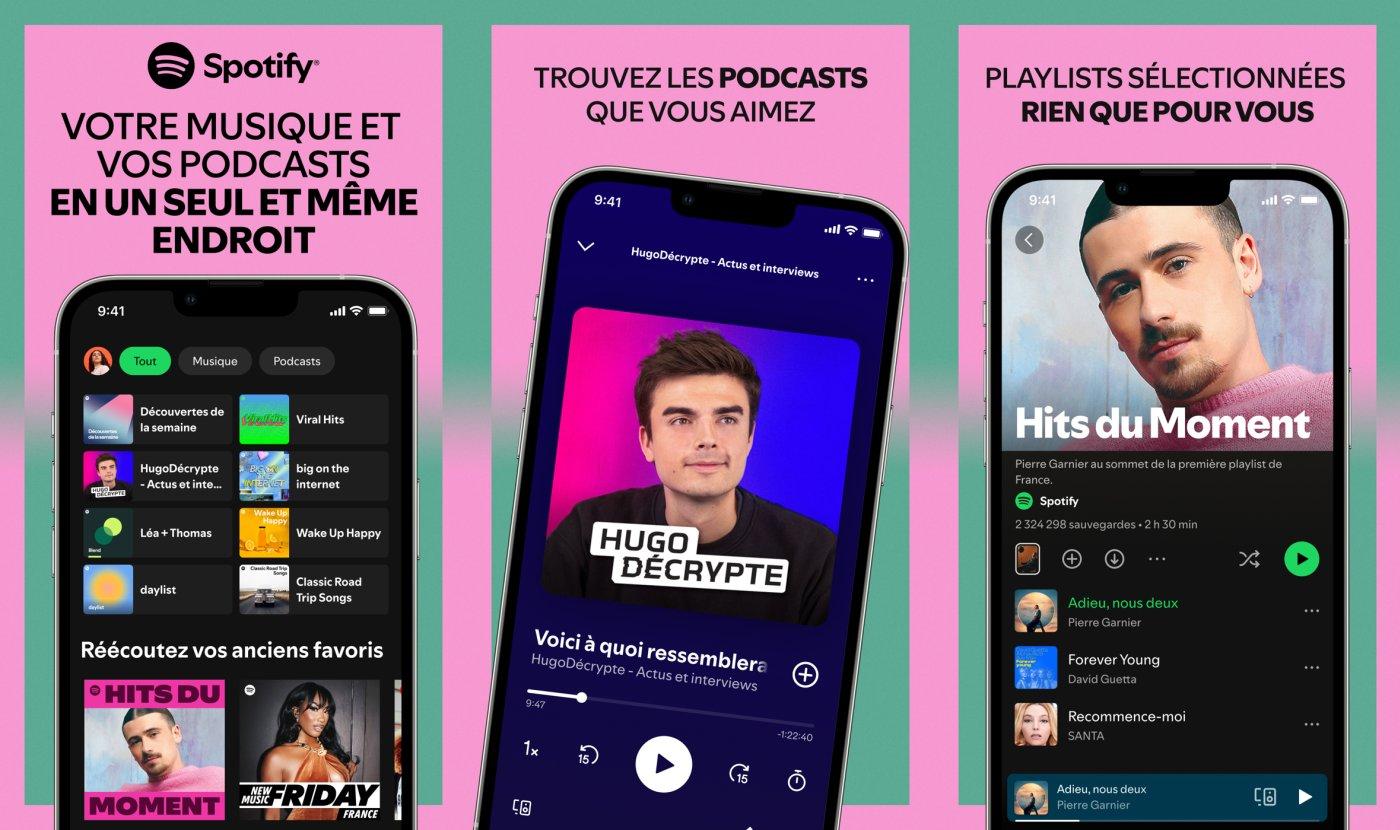

In order to properly listen to them, they need to be streamed over Wi-Fi or played over a wired connection. You need to make sure that your devices (be it a computer or smartphone as well as your headphones or speakers) can support those higher-resolution digital files. Max resolution (of your device): It's one thing to be able to have access to a lossless-quality track, but it's an entirely different thing to be able to listen to it. A lot of lossless streaming services now offer significantly higher-resolution tracks that are Master Quality Authenticated (MQA, up to 24bit/96kHz) or "Ultra HD" (up to 24-bit/192kHz). Max resolution: Every lossless streaming service is capable of streaming CD quality (16-bit/44.1 kHz) audio, but that's really the bare minimum requirement.

This was the highest resolution audio that many lossless streaming services (like Tidal, Deezer and Qobuz) offered for years, but many of them now offer ever higher resolution audio files, which are also a type of lossless music.įor example, Tidal gives its HiFi subscribers the option of listening to Master Quality Authenticated (MQA) certified tracks (up to 24bit/96kHz), while Amazon Music HD gives its subscribers the ability to listen to "Ultra HD" (up to 24-bit/192kHz).

When somebody refers to a "lossless" track, they typically mean that it's the same quality as a CD or vinyl record (16-bit/44.1 kHz). The average size of a lossless compressed audio file, such as FLAC or ALAC (Apple Lossless), is now a little more than 1/2 the size of its original recording. The term "lossless" doesn't mean uncompressed, however, but it refers to a type of compressed digital audio file that uses advanced data compression algorithms so that the audio track doesn't "lose" any detail in the compression process.įor context, the average size of a compressed audio file, like a MP3 or a AAC, is about 1/4 the size of its original recording. The term "lossless" was essentially created to be a foil - or to mean the opposite - of "compressed" or "lossy" these are digital music files that have had a lot of their details, specifically their high and low frequencies, stripped away in order to save space on your smartphone or computer. If you're interested in upping your music subscription so that you can listen to CD-quality (or better) audio, we've rounded up the lossless streaming services that will allow you to do just that. Tidal, Amazon Music HD, Deezer and Qobuz made their lossless streaming subscriptions cheaper. Since Apple is introducing a lossless tier to Apple Music at no extra cost (an Apple Music subscription is $10/month), it's forced the hands of other streaming services. The other great thing that this competition has caused - it's more affordable to get lossless streaming.



 0 kommentar(er)
0 kommentar(er)
